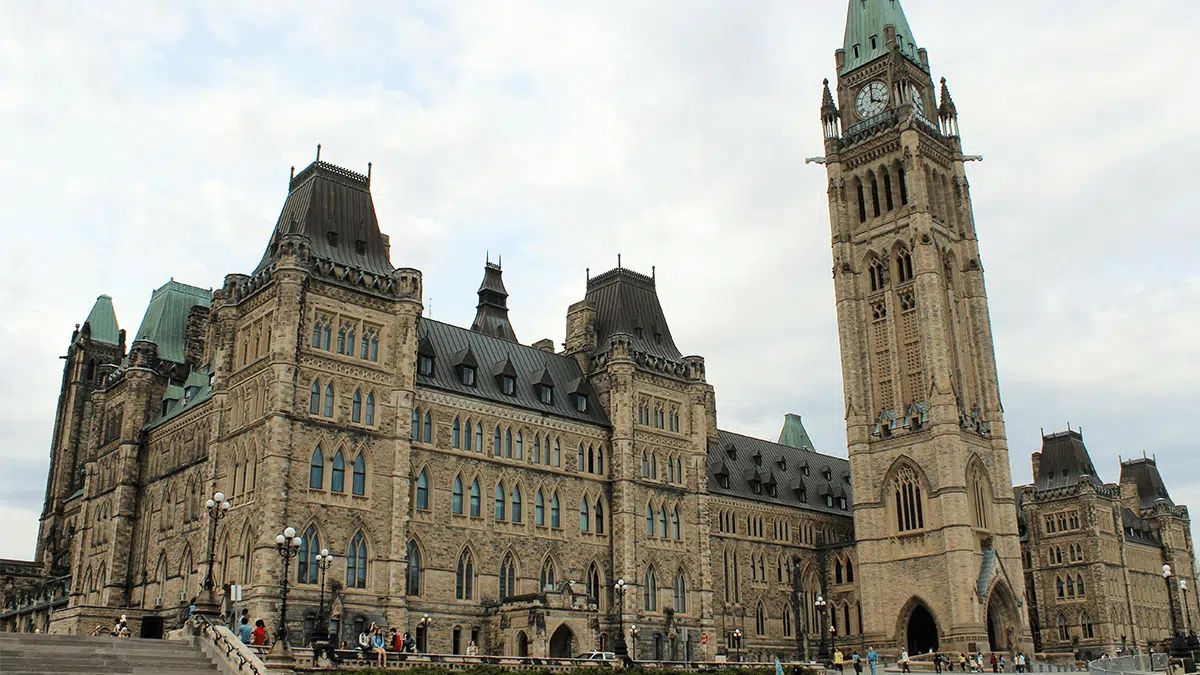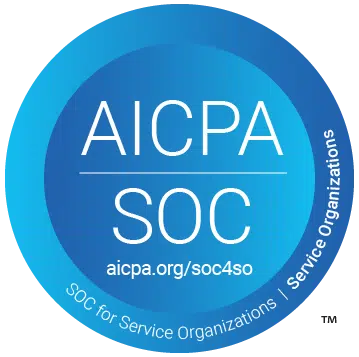
Across Canada and globally, municipalities face mounting pressure to do more with less: deliver cleaner streets, faster emergency response, better transportation, and more equitable housing — often on tight budgets and with increasing public scrutiny. In this climate, data dashboards have emerged as one of the most effective tools to help local governments deliver smarter, faster, and more transparent services.
By consolidating complex information into clear, visual formats, data dashboards empower local governments to make informed decisions, enhance accountability, and foster community trust. Let's explore how municipalities can leverage data dashboards to improve local services, using the best practices.
Why Dashboards Matter for Local Government
Municipalities collect an enormous amount of data — traffic flows, waste pickups, emergency calls, housing permits, and more. But this data often sits in silos, underused or inaccessible to the people who need it. Dashboards bridge that gap. They aggregate and visualize data in one central interface, helping decision-makers:
- Monitor key performance indicators (KPIs)
- Identify service gaps or emerging issues
- Improve coordination across departments
- Communicate progress to the public
For example, cities like Toronto and Edmonton have used real-time data visualizations to reduce snow clearance delays, improve fleet operations, and speed up service response times.
How Municipalities Can Leverage Data Dashboards with 5 Steps
Data dashboards have enormous potential — but they only work when supported by clear strategy, robust data practices, and thoughtful implementation. Below are five essential steps municipalities can follow to successfully use dashboards to improve local services:
1. Start with What Matters: Define Clear Outcomes
Many data dashboards fail because they track too many things, or in some cases, the wrong things. Before investing in any dashboard platform or data pipeline, municipalities must clarify what they're trying to improve.
For example, if the goal is to improve service delivery, then social listening can help municipalities build data dashboards that collect and analyze public sentiment and opinions about current or future policies. If the goal is to provide greater transparency, then municipalities can share the necessary metrics with the public.
City of Toronto has already done this by sharing data dashboards on social and economic indicators, helping residents understand the city's priorities and progress.
2. Integrate and Clean Your Data
Local governments typically manage dozens of systems — from asset management software to budgeting platforms and HR tools, to name a few. One of the biggest challenges in building dashboards is presenting all of this data in a cohesive manner so that the inter-relationships are clear and easy to understand.
A successful dashboard project requires strong data governance. That includes:
- Establishing consistent data definitions (e.g., what counts as a "resolved" complaint?)
- Creating automated data pipelines for real-time updates
- Cleaning legacy data to eliminate duplicates or inconsistencies
Cities in Ontario like Dryden tackled this by creating centralized data teams that standardize information across departments before it ever hits a dashboard. Dryden's dashboard tracks performance in 18 service areas and six key priorities, with over 100 indicators. The dashboard supports better decision-making, benchmarking, and public communication, and is promoted through media releases and social media campaigns.
Bronson's Digital Maturity Assessment can help municipalities identify gaps in data readiness and design a roadmap for integration.
3. Design for Decision-Making
A common trap in dashboard design is going overboard with visuals —pie charts, heatmaps, filters — without considering how the data will actually be used. An effective municipal dashboard should be:
- Purpose-driven: Every metric should tie back to a service goal.
- User-friendly: Frontline staff and senior managers alike should understand the visuals.
- Actionable: Insights should lead to immediate decisions or interventions.
4. Make It Public-Facing, Contextual & Engaging
Public-facing dashboards can be powerful tools for civic engagement and accountability. When residents can see how their city is performing — on pothole repairs, library hours, housing permits — they're more likely to trust local government and participate in decision-making.
However, transparency must come with context. Without proper explanations, residents may misinterpret the data or assume poor performance. To avoid this:
- Add narrative summaries to explain key trends
- Offer downloadable data for analysts and journalists
- Include feedback forms for residents to respond
For example, the City of Edmonton's "Open Performance" dashboard includes background explanations and definitions alongside every metric. It invites residents not just to observe the findings, but to understand them as well.
5. Monitor, Iterate, and Evolve
As service priorities evolve, cities must be ready to update metrics, refresh data sources, and adapt the interface to new user needs. Regular review cycles (monthly or quarterly) are essential to:
- Retire outdated metrics
- Add emerging indicators (e.g., climate risk, equity scores)
- Refine the dashboard based on feedback
Dashboards as Catalysts for Public Service Innovation
As technology advances, dashboards will become even more powerful tools for municipalities. The integration of real-time data, predictive analytics, and interactive features will enable local governments to anticipate challenges, optimize services, and engage residents in new ways.
Municipalities that embrace data dashboards are not only improving their own operations but also setting new standards for transparency, accountability, and community partnership.
But success requires more than just implementing technology. It takes strategy, cross-departmental collaboration, thoughtful design, and strong data practices. That's where Bronson Consulting can help.
We specialize in helping municipalities assess their digital maturity, build dashboards aligned with service outcomes, and foster a culture of data-driven decision-making. Our Digital Maturity Assessment is the ideal starting point for municipalities looking to leverage dashboards to improve services — and build a smarter, more responsive city.





